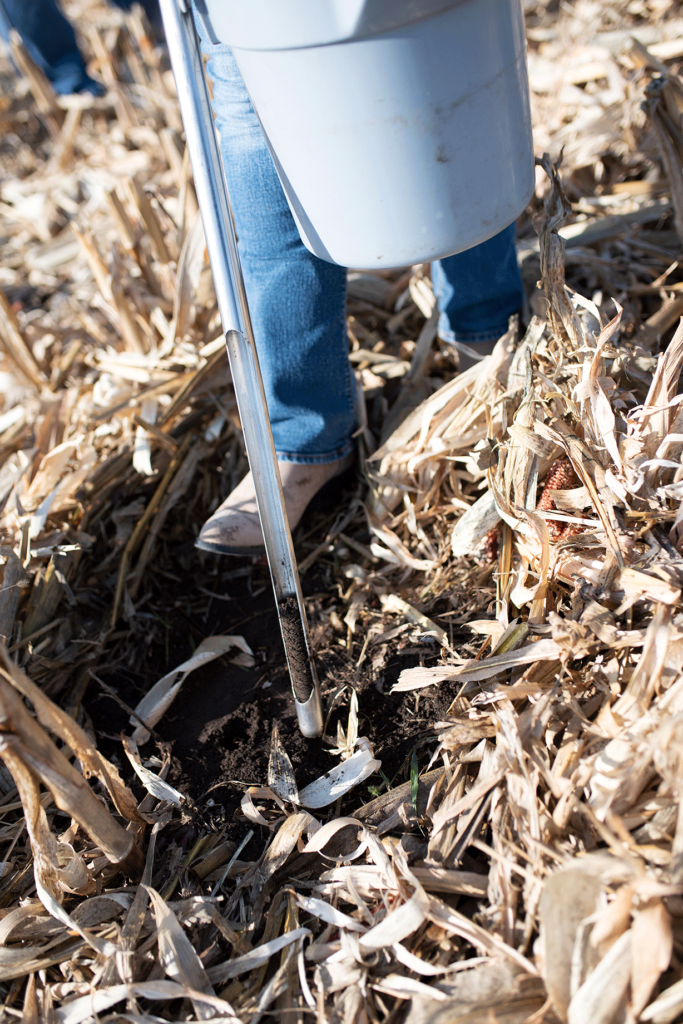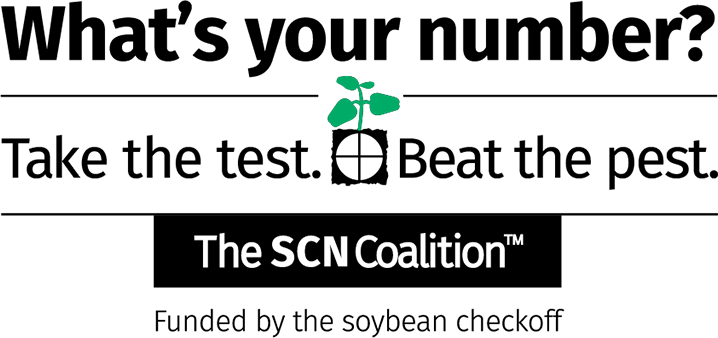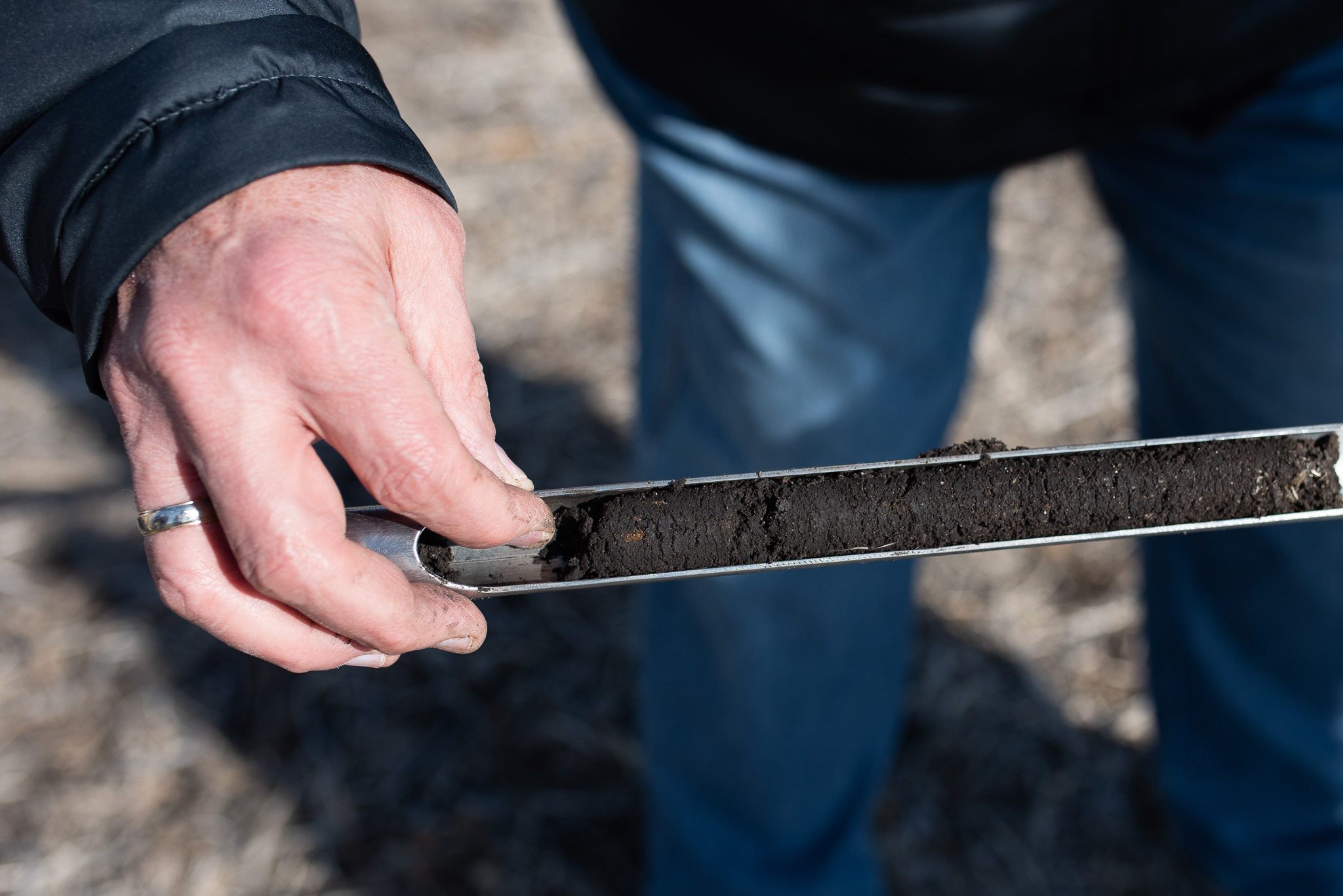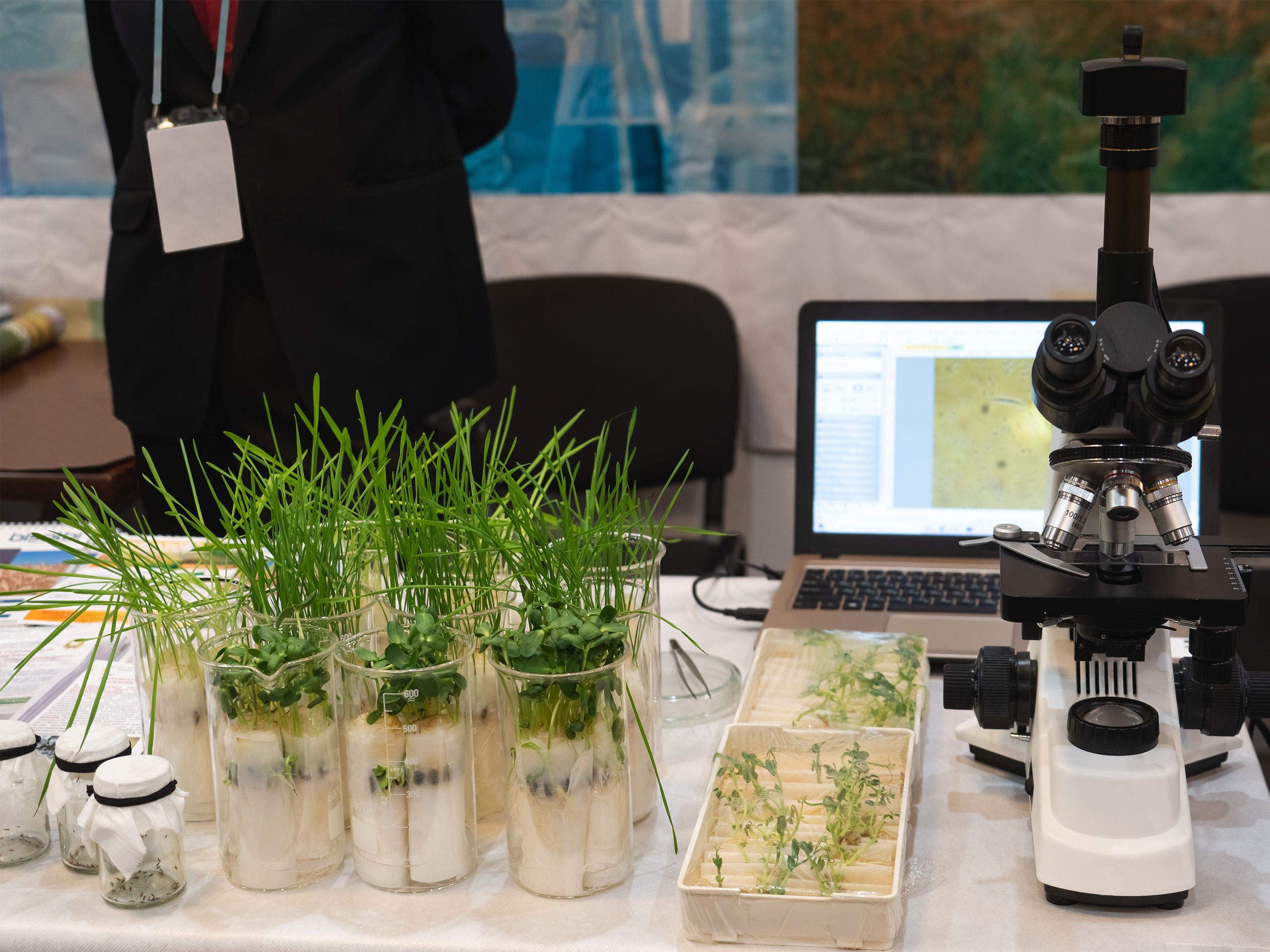
Waukesha, Wis. (March 3, 2020) – Soybean farmers who didn’t have time to pull soil samples for soybean cyst nematode (SCN) last fall have another opportunity this spring. “It was a long, late, wet harvest in 2019 for a lot of farmers, which unfortunately stretched into 2020 for some,” says Greg Tylka, nematologist at Iowa State University (ISU) and leader of The SCN Coalition. “While piggybacking on fall fertility testing is certainly practical, spring sampling before planting a soybean crop works fine too.”
SCN is the most damaging pathogen in U.S. soybeans, estimated to cost farmers more than $1 billion annually in lost yields. “You can be losing anywhere from 10% to 30% of yield without seeing any aboveground symptoms from SCN,” Tylka adds. “If you don’t know what your SCN numbers are in your fields – or know whether you have SCN-infested fields – soil testing is the first step.”
Tylka recommends waiting until the soil warms up and fields aren’t muddy before gathering soil cores. “Ideally, we’d like 20 cores from every 20 acres or so collected from the upper 8 inches of soil.”
As for where to put the probe, there are three approaches to soil sampling. According to Tylka, “You can zigzag your way through each 20-acre parcel. Or, you can collect soil cores from high-risk areas, such as high-pH spots, low spots, near fence lines and other areas where soil from other fields may have been introduced. Or you can pull samples from logical areas or management zones in the field.”
Several state soybean checkoff organizations offer free SCN testing, so check with yours. As for where to send the samples, a list of public and private testing laboratories that offer SCN testing is available on TheSCNcoalition.com.
Income in SCN-infested fields can be $200 per acre more with Peking resistance
Knowing your SCN numbers can also help farmers improve planting and management decisions this spring. That could be especially true for those who haven’t purchased seed yet because of the wet growing season and late harvest last year.
A 2019 ISU field experiment in southeast Iowa showed that planting Peking resistance could save up to $200 per acre. The experiment measured yield and SCN control of 67 soybean varieties with PI 88788 resistance (used in roughly 95% of all commercial varieties), two varieties with harder-to-find Peking resistance and three susceptible varieties in a moderately infested field.
“The SCN population in the field had elevated reproduction on PI 88788,” Tylka explains. “And the results show that income in SCN-infested fields was $200 per acre less with PI 88788 than with Peking resistance, based on a yield difference of 22 bushels per acre and $9 beans.”
A resistant soybean variety should allow less than 10% reproduction of the nematode population. In other words, a resistant variety should stop 90% of the SCN in a field from reproducing. But researchers across the Midwest are finding that a majority of SCN populations in farmers’ fields have elevated reproduction on PI 88788 resistance. “That’s why The SCN Coalition has been sounding the alarm on SCN populations becoming ‘resistant to the resistance’ and recommending that farmers rotate sources of resistance whenever possible,” Tylka says. “If a Peking variety isn’t available and you can only get a variety with PI 88788 resistance, at least rotate the variety you plant, because not all PI 88788 resistance is created equal.”
About The SCN Coalition
The SCN Coalition is a public/checkoff/private partnership formed to increase the number of farmers who are actively managing SCN. Our goal is to increase soybean farmers’ profit potential and realize higher yields. Partners in The SCN Coalition include university scientists from 28 states and Ontario, grower checkoff organizations including the North Central Soybean Research Program, United Soybean Board and several state soybean promotion boards, and corporate partners including BASF, Bayer, Growmark, Nufarm, Pioneer, Syngenta, Valent and Winfield United.



